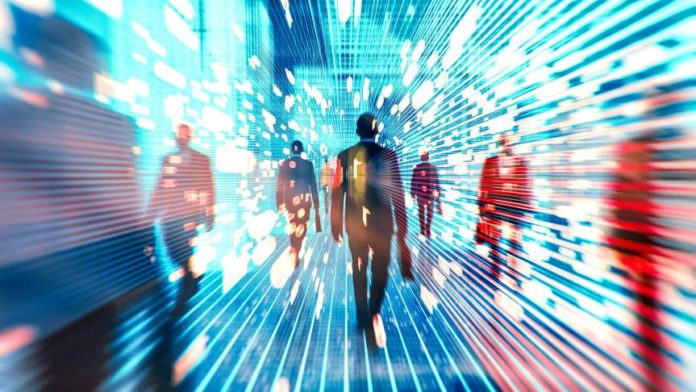- Artificial Intelligence (AI)
AI is undoubtedly one of the biggest tech trends at the moment, and during 2021 it will become an even more valuable tool for helping us to interpret and understand the world around us. The volume of data we are collecting on healthcare, infection rates, and the success of measures we take to prevent the spread of infection will continue to increase. This means that machine learning algorithms will become better informed and increasingly sophisticated in the solutions they uncover for us.
From computer vision systems monitoring the capacity of public areas to analyzing the interactions uncovered through contact tracing initiatives, self-learning algorithms will spot connections and insights that would go unnoticed by manual human analysis. They will help us predict demand for services from hospitals and other healthcare providers, and allow administrators to make better decisions about when and where to deploy resources.
For business, the challenge will be to understand the changing patterns of customer behavior. More human activity will take place online – from shopping and socializing to virtual working environments, meetings, and recruitment
- Robotics, Drones, and Vehicle Automation
As the volume of passengers using public transport fluctuates from week to week, depending on local conditions, initiatives around self-driving vehicles will continue at an increasing pace. Driving efficiency across public transport networks will be a priority for service providers as well as civic authorities, where reducing human labour costs will help balance the uncertainty around customer demand.
In recent years we have seen the emergence of robots in the care and assisted living sectors, and these will become increasingly important, particularly when it comes to interacting with members of society who are most vulnerable to infection, such as the elderly. Rather than entirely replacing the human interaction with caregivers that is so important to many, we can expect robotic devices to be used to provide new channels of communication, such as access to 24/7 in-home help, as well as to simply provide companionship at times when it may not be safe to be sending nursing staff into homes. Additionally, companies finding themselves with premises that, while empty, still require maintenance and upkeep, will turn to robotics providers for services such as cleaning and security. On my last visit to Bangkok Hospital Pattaya, I noticed an autonomous cleaning robot hard at work!
Drones will be used to deliver vital medicine and, equipped with computer vision algorithms, used to monitor footfall in public areas in order to identify places where there is an increased risk of viral transmission.
- The As-A-Service Revolution
“As-a-service” – the provision of services that we need to live and work through cloud-based, on-demand platforms – is the key that has put the other tech trends we talk about today in reach of anybody. It’s the reason why AI and robotics are a possibility for just about any business or organization, regardless of their size or budget. Thanks to cloud offerings from companies like Google, Microsoft, Amazon, and an ever-growing horde of startups and spinoffs, innovators in all fields can deploy cutting-edge tech with little upfront investment in tools, equipment or specialized people.
As the ongoing pandemic rages around the world, we have clearly seen that companies that rely on cloud to provide scalable solutions as-a-service are prospering. Take Zoom, for example, which has quickly become a household name thanks to the speed with which it was able to add servers and increase its coverage and quality of service.
- Extended Reality (XR) – Virtual and Augmented Reality (VR/MR).
These terms cover technology that uses glasses or headsets to project computer-generated imagery directly into the user’s field of vision. When it is superimposed over what the user is viewing in the real world, it is AR. And when it is used to place the user into an entirely computer-generated environment, it is VR.
During next year we can again expect to see these, in conjunction with the other trends discussed here, assisting in tackling challenges posed by the current world situation. Largely this will involve allowing us to avoid potentially dangerous situations where there could be a risk of viral transmission. For example, medical examinations and diagnosis can increasingly be carried out remotely. A solution available to opticians allows eye tests to be carried out entirely in VR, as high-definition cameras give a clear image of the patient’s eye. An AR tool then allows the customer to browse the range of glasses on offer and see what they look like on their own face without having to leave their home.
We will also see an increase in the use of VR and AR tools within education. This will reduce the need for us to work in crowded classroom conditions – if not totally, then at least in areas and during times when it is known that transmission rates are high.
Let’s hope that at least technology will improve our lot in 2021.










